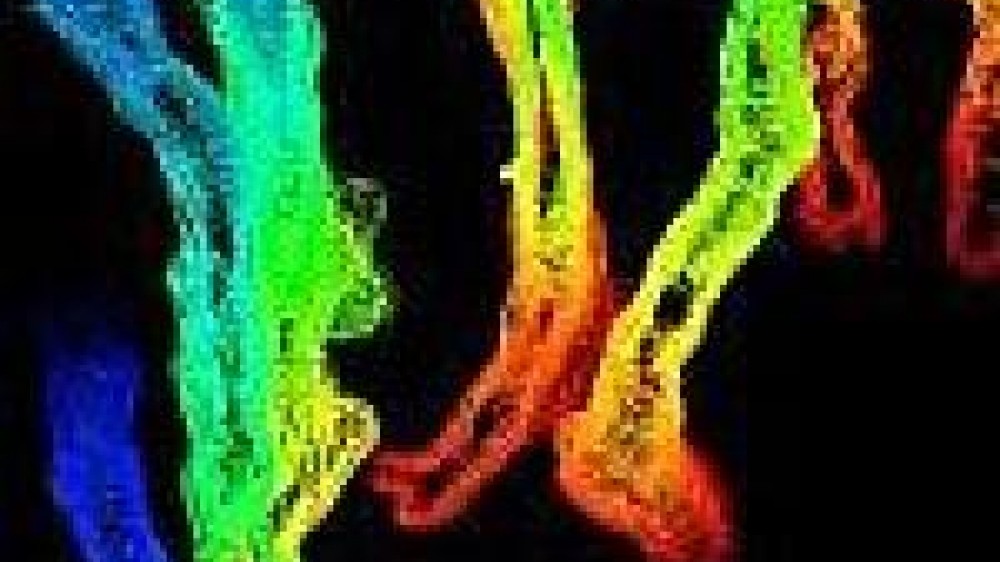A novel social amoeba model to reduce late phase attrition in drug development

A recent publication describes a novel approach to assessing the palatability of new drugs using the amoeba Dictyostelium discoideum instead of rodents.
The work was funded through an NC3Rs CRACK IT Solutions technology partnering award.
Many therapeutic agents have a bitter taste which can be aversive and affect patient compliance, leading to suboptimal dosing and preventable therapeutic failure. In an attempt to better identify these potentially aversive compounds early in drug development, pharmaceutical researchers use the rodent brief access taste aversion (BATA) assay where solubilised compounds are presented to animals in sipper tubes for a brief duration (typically 5-30seconds) and the number of licks the animal makes during that time is measured using a lick meter. The more aversive tasting the compound is, the fewer licks the study animal will make. Although this assay has demonstrable translation to humans, it is relatively expensive, time consuming and has limited throughput. It is also potentially unpleasant to the animals because they have restricted access to water during studies and bitter-tasting compounds, which are associated with toxicity, are often tested using this method. Therefore there is a need to establish an alternative non-animal approach that is higher throughput and which can reliably establish the potential of a chemical to trigger a bitter taste.
Working with researchers from GlaxoSmithKline’s (GSK) Platform Technology and Science division, Professor Robin Williams (Royal Holloway University of London) and colleagues have demonstrated that Dictyostelium responds robustly and reproducibly to bitter substances, but not salty, sour, umami or sweet tasting compounds. Using time-lapse photography and computer generated quantification this response can be measured as changes in the number of pseudopods formed. The group was able to show a significant positive correlation between the Dictyostelium response to a wide range of structurally diverse known bitter compounds and blinded compounds compared with the BATA assay; demonstrating that Dictyostelium can provide a suitable non-animal model for early prediction of bitterness for novel tastants and drugs.
Professor Williams said about the scheme: "CRACK IT Solutions was essential for bridging the gap between our academic data and the interests of our industrial partners, and this funding lead to a highly successful industry-sponsored project to develop a non-animal model for predicting adverse taste."
Rob Ives, a researcher working within Comparative and Translational Sciences and a GSK stakeholder involved with this project said: ‘"CRACK IT Solutions was instrumental in bringing this novel work to the attention of GSK and with our input, Professor Williams’ team have been able to accelerate development of this model in an industry relevant direction. Its utility as an early chemistry screen has the potential to reduce late phase attrition and reduce our reliance on animals for this valuable work."
Further development will include validating the model with a wider set of industry-relevant compounds, and to improve the applicability of the model by enhancing the speed of compound screening. Professor Williams is urgently seeking further industrial collaborators, to help in this validation process, and to demonstrate broad industry support for developing a fast, effective and reliable non-animal model for the early detection of bitter tastant effects for novel chemical entities.
If you think you can help with this, please let us know at crackitenquiries@nc3rs.org.uk.
The full publication is open access and can be downloaded on the Altex website.
